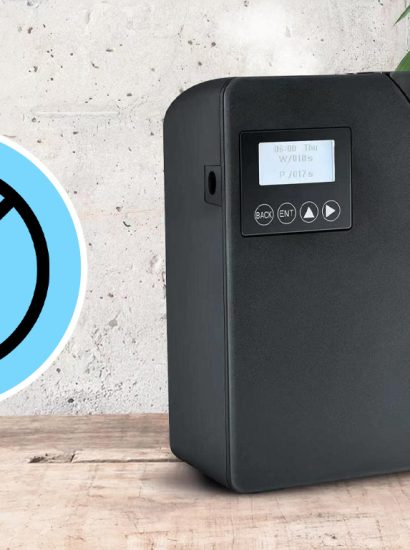A level payment refers to a fixed, equal payment amount made over a specific period, typically in loans, mortgages, and utility billing plans. This structure ensures consistent, predictable payments, making it easier for individuals and businesses to manage their finances.
- In this article, we’ll cover:
What is a level payment?
How does level payment work?
Benefits and drawbacks of level payment plans
Examples of level payment in real life
What is a Level Payment?
- A level payment is a financial arrangement where a borrower or consumer pays a fixed amount regularly over a set period. This system is commonly used in:
Mortgages (Fixed monthly mortgage payments)
Loans (Personal, auto, or business loans)
Utility Bills (Energy companies offer level billing plans)
Insurance Premiums (Fixed monthly or annual premium payments)
The key feature of level payment plans is stability—borrowers or consumers know exactly how much they need to pay each period.
How Does Level Payment Work?
A level payment plan ensures that each payment remains the same over time, even if interest rates or usage fluctuate. It is typically calculated based on:
- Loan or Bill Amount – The total sum to be paid
Payment Term – The number of months or years of repayment
Interest Rate (for loans) – The cost of borrowing money
For example, in a fixed-rate mortgage, the borrower pays a consistent monthly amount, even though the proportion of interest vs. principal changes over time.
Benefits of Level Payment Plans
- Predictable Budgeting – Consumers and businesses can plan expenses better.
Stable Payments – No surprises due to fluctuating interest rates or seasonal usage.
Easier Financial Management – Ideal for people on fixed incomes.
Encourages Responsible Borrowing – Fixed payments prevent overspending.
Drawbacks of Level Payment Plans
- Might Result in Overpayments – In utility plans, consumers might pay more than actual usage.
Less Flexibility – Cannot adjust payments based on financial situations.
Not Always the Cheapest Option – Fixed interest rates might be higher than variable rates in the long run.
Examples of Level Payment in Real Life
- Fixed-Rate Mortgage – A 30-year mortgage with a consistent monthly payment.
Auto Loans – Equal monthly installments until the car is paid off.
Electricity Bill Level Payment Plan – Utility companies average annual usage and offer a fixed monthly payment.
Insurance Plans – Life or car insurance policies with fixed premium payments.
Conclusion
Level payment plans provide consistency and financial stability, making them an excellent choice for mortgages, loans, utility bills, and insurance payments. However, they may lack flexibility and result in overpayments in certain situations.
If you value predictability and easy budgeting, a level payment plan might be the right financial tool for you!
FAQs
1. What is a level payment mortgage?
A level payment mortgage has fixed monthly payments throughout the loan term, ensuring stable and predictable costs for homeowners.
2. Is a level payment plan better than a variable payment plan?
It depends. Level payments offer stability, while variable payments may save money if interest rates drop.
3. Do level payment utility plans save money?
Not always. They help budget better but may lead to overpayments if actual usage is lower than estimated.
4. Can I change my level payment plan?
Some lenders and utility companies allow adjustments or cancellations, but terms vary.
5. Are level payment plans good for budgeting?
Yes! They provide financial predictability and prevent sudden spikes in expenses.
Also read: Turnkey Project Meaning: Definition, Benefits, and Examples









